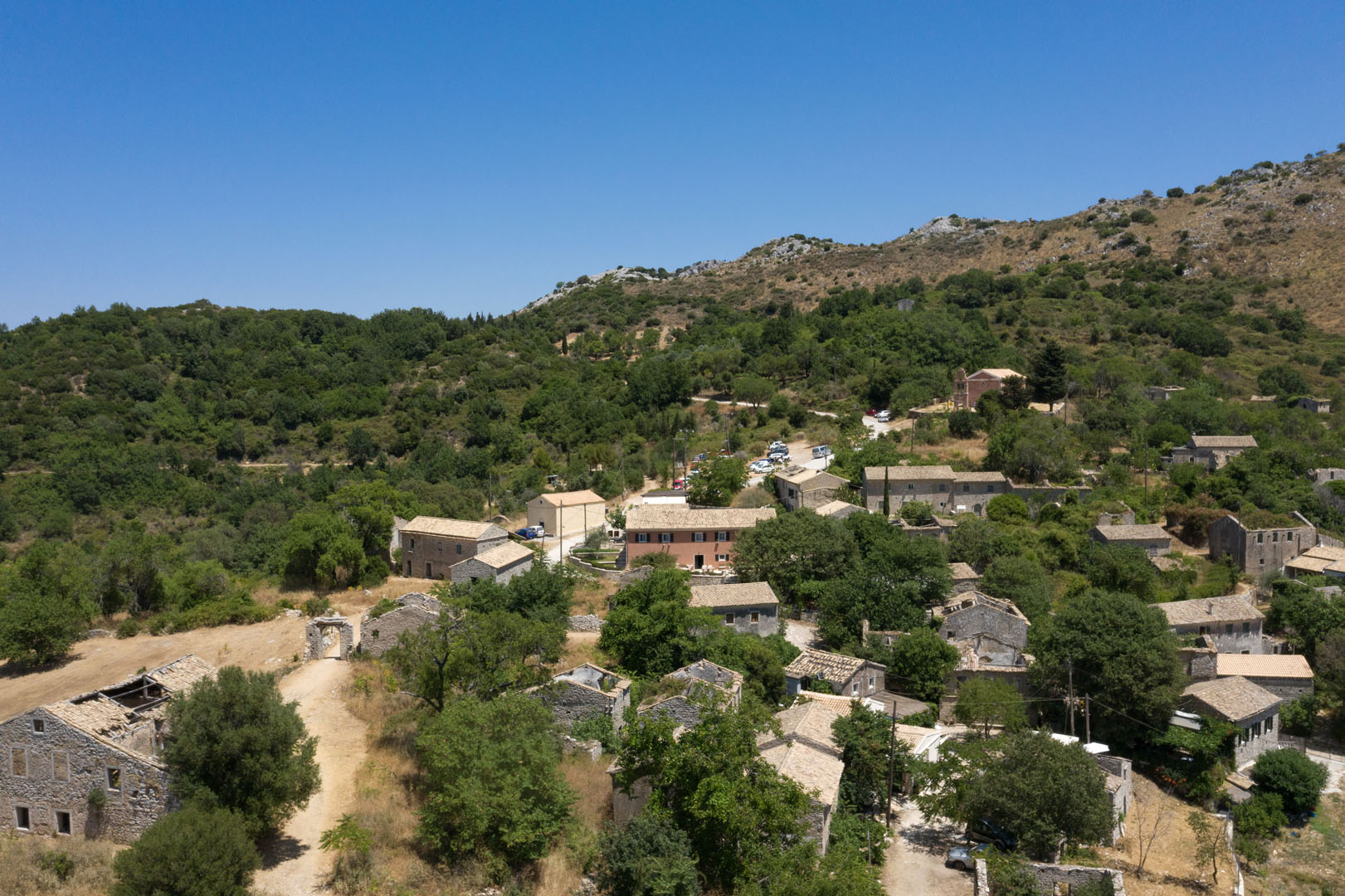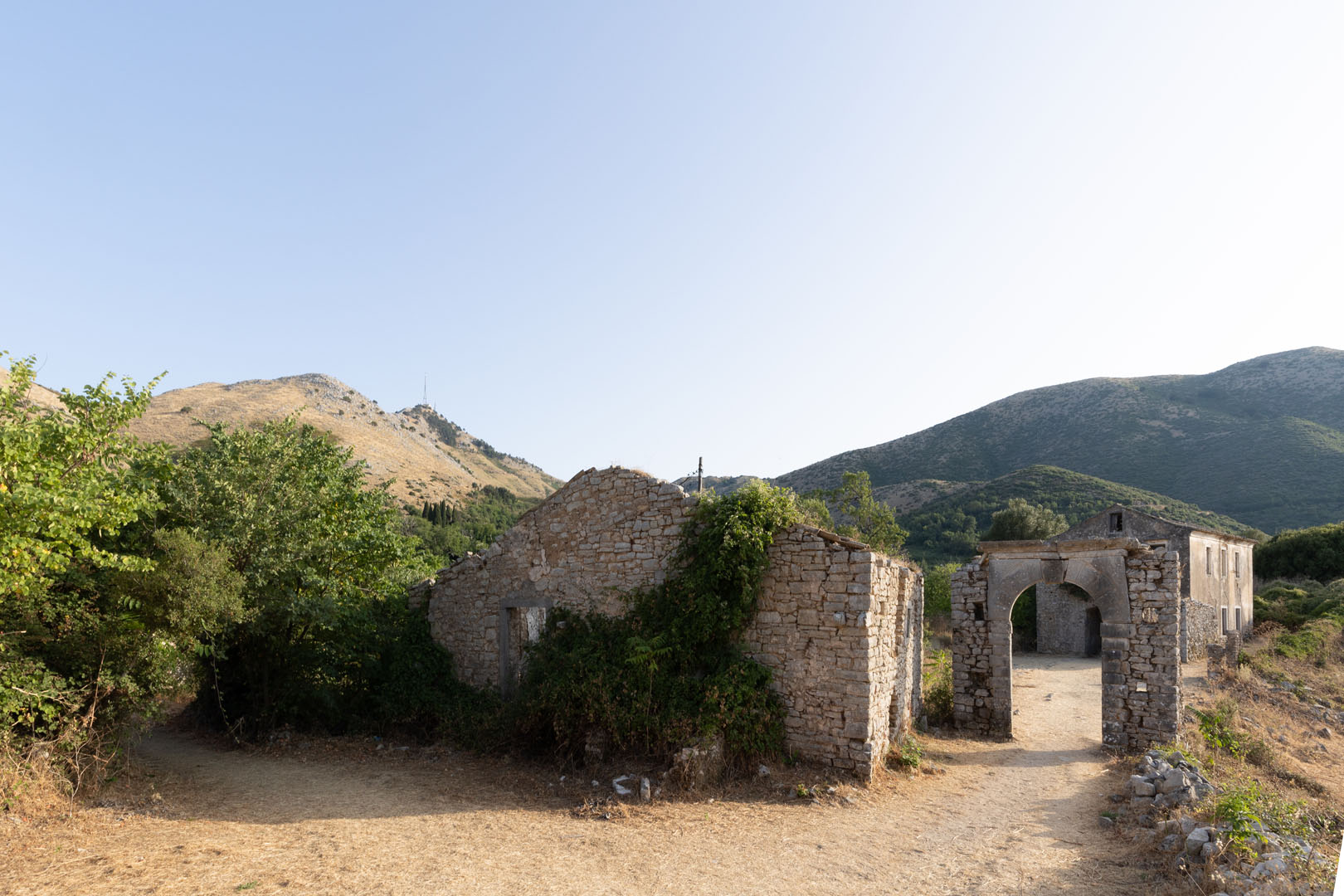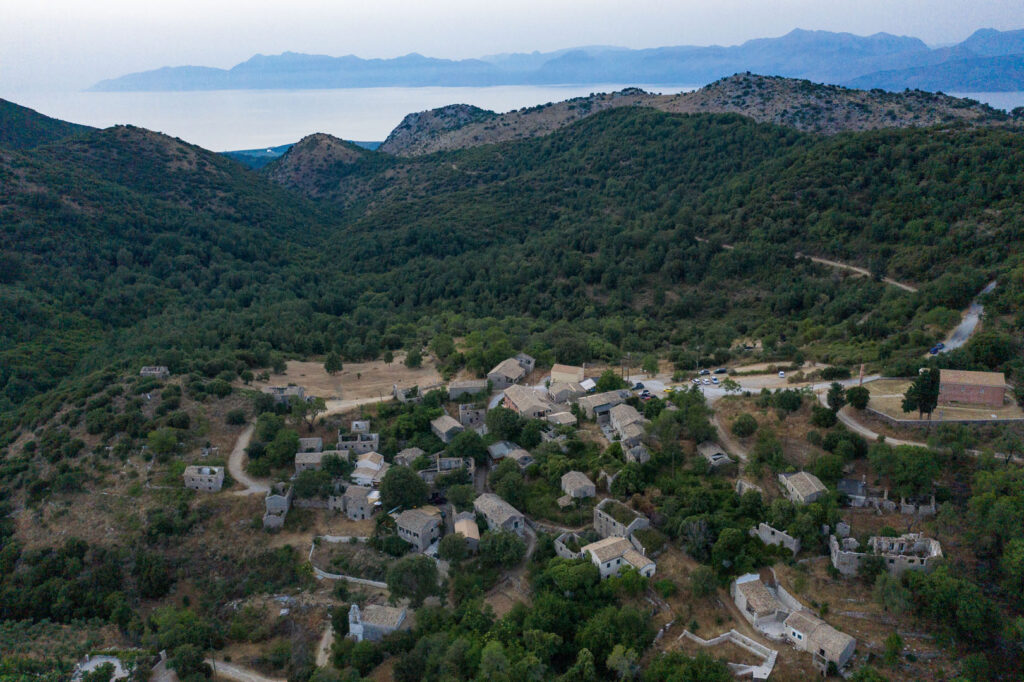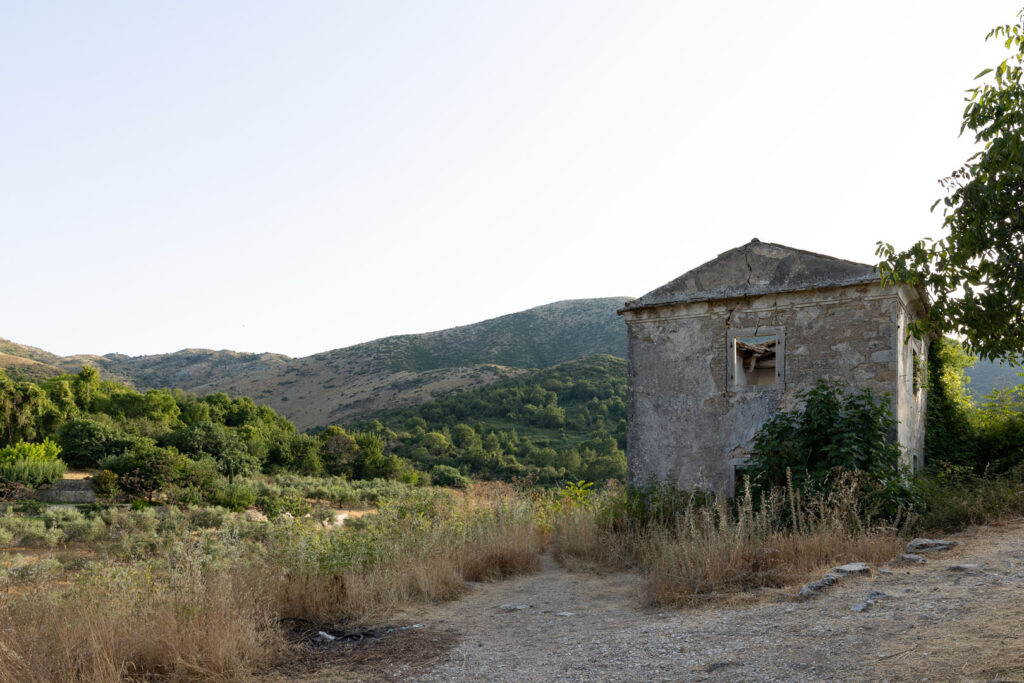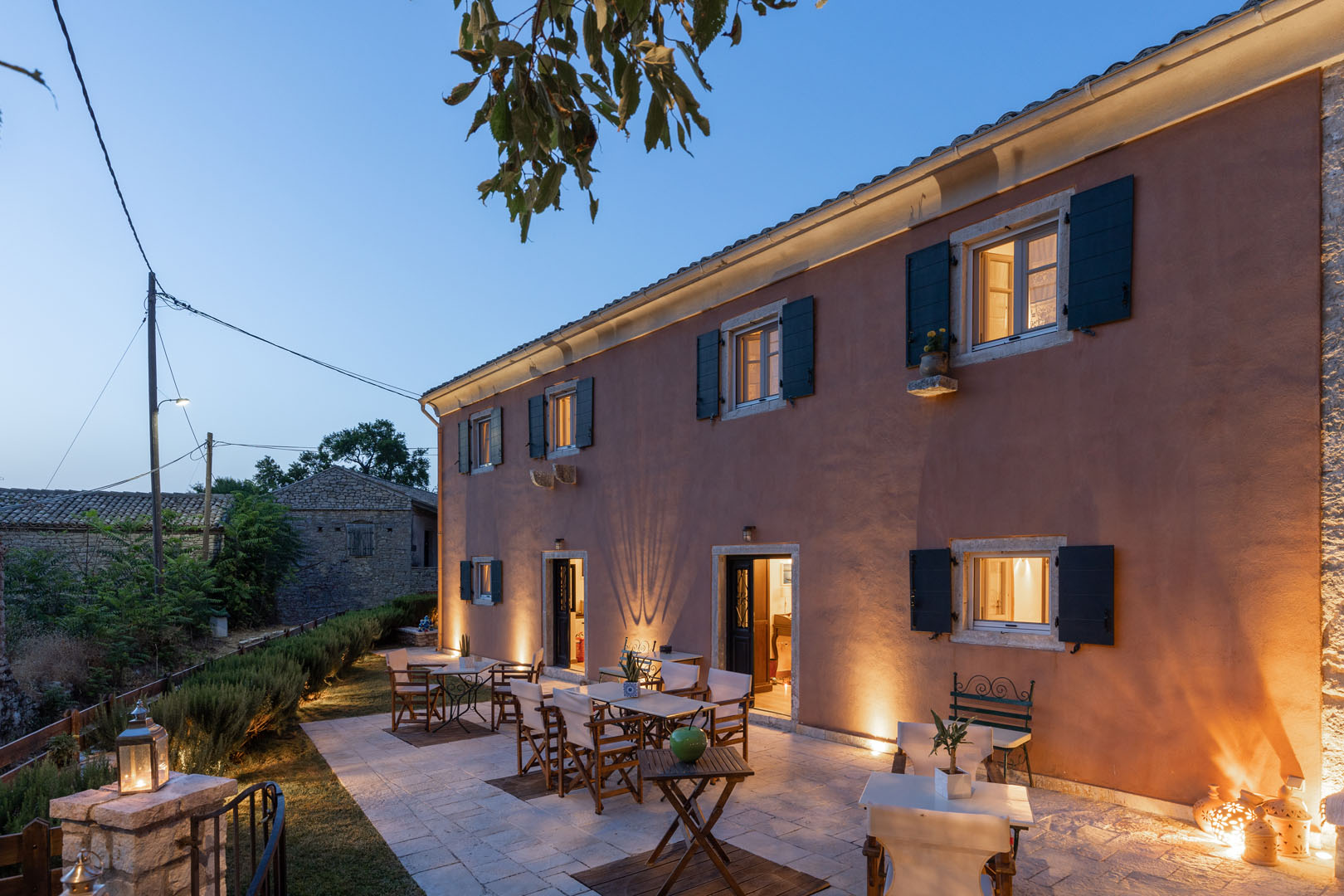In the early days of Corfu, the Ionian tides brought a constant stream of unwelcome visitors – from marauding pirates to disease-carrying mosquitos. To avoid such dangers, many islanders headed for the hills, where they used the plentiful local stone to build agricultural villages at a safe distance from the turbulent shores below. One such village, and the only surviving example, is Old Perithia.
The village was built in the 14th century when the island was under Byzantine rule. It is located on the northern slopes of Mount Pantokrator – an ideal land for sheep farming, olive trees and vines, which made Old Perithia very prosperous.
In the 20th century, however, times were changing and as tourism hit the island, many residents were drawn back to the coastal villages in search of new jobs and opportunities. The village saw a gradual decrease in inhabitants and by 1950s it was all but abandoned.
Old Perithia is now a protected heritage site whose 130 houses, of which the majority are built in Venetian style, are mostly ruins or in varying stages of dereliction. Surrounding and within the village are eight churches, one for every 150 of its 1,200 former residents.
You will find crumbling stone walls, trees and wild flowers grown within the ruins, broken window shutters and old gardens with cracked flowerpots dating back many years. It is magical to be able to walk around and even enter some of the ruins for a glimpse of ancient history.
What is exciting is that the village is now slowly coming back to life, with five fabulous tavernas, The Merchant’s House heritage guest house and several privately restored homes.
It is a popular day trip destination for historical sightseeing but spending the night here is a true privilege – capture the magic of the night stars, the silence broken by the rustle of leaves and the hoot of the owls in the forest. Early risers also catch the first rays of sunshine over Mount Pantokrator, turning the hills deep-orange.




